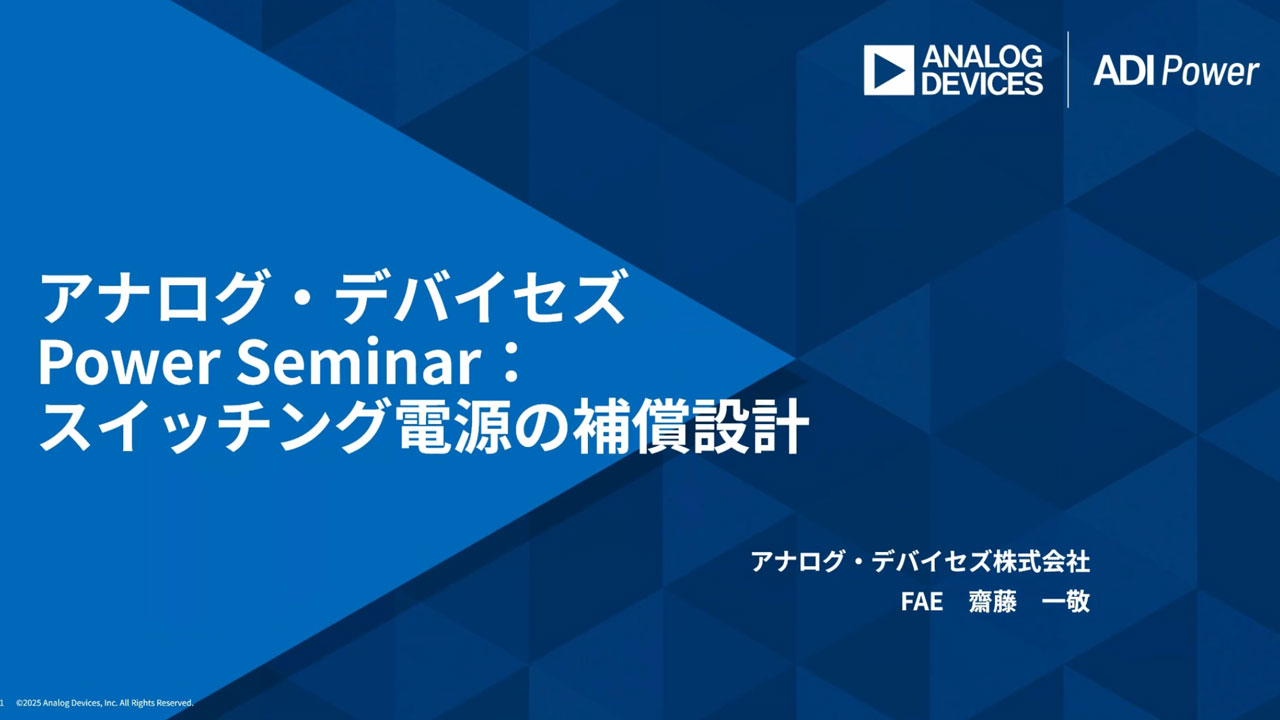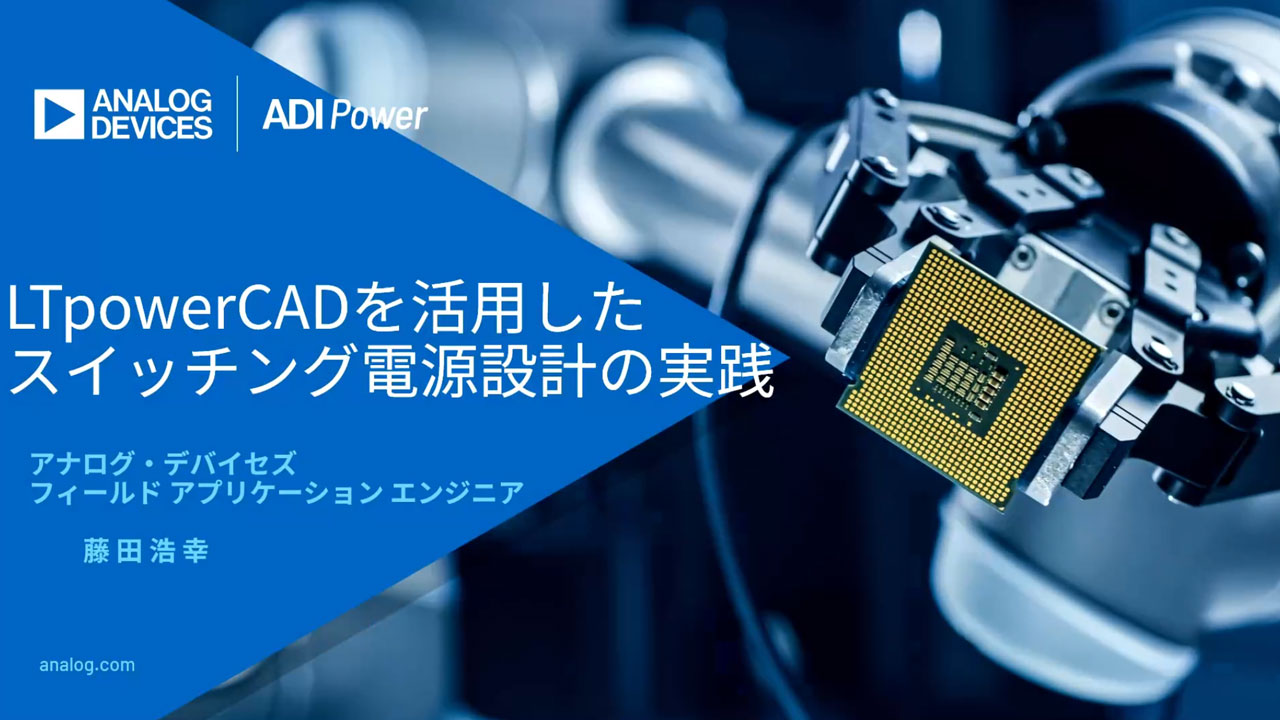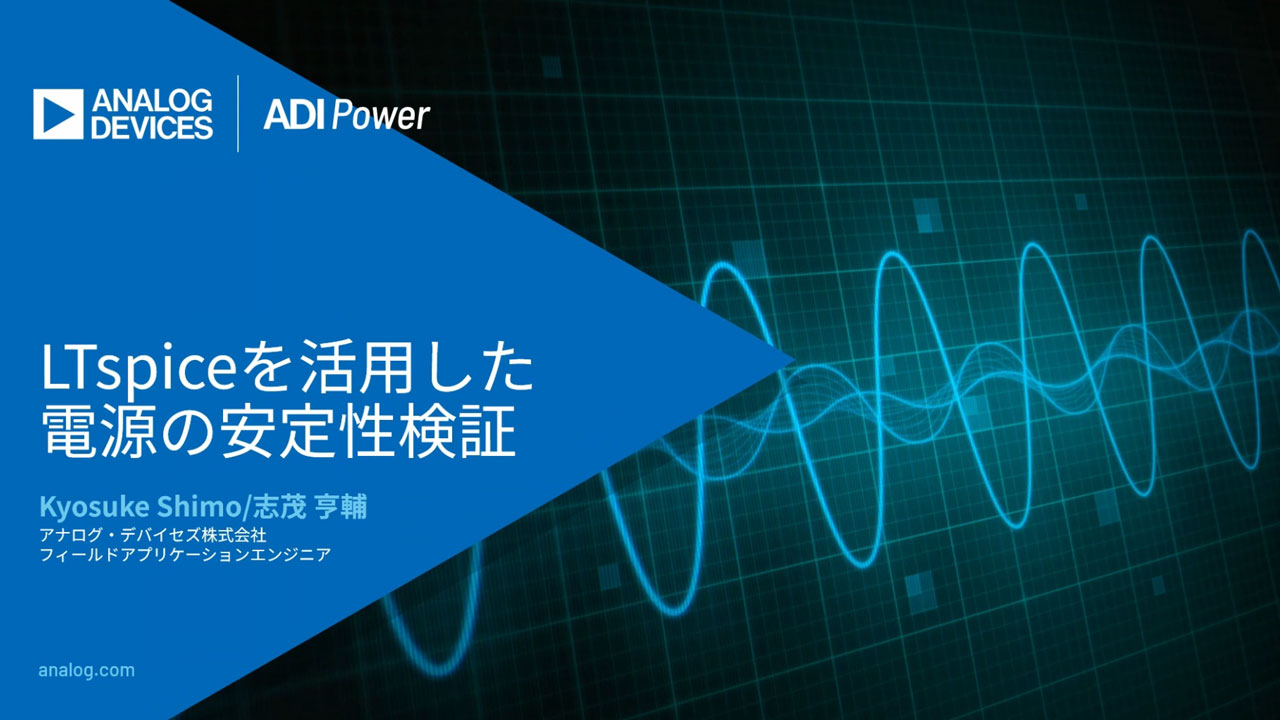Real-World Plug-ins for Terasic DE10-Nano Kit
Introduction
The Terasic DE10-Nano is a development kit based on an Intel SoC which combines the power of a Cyclone FPGA with a dual-core ARM Cortex-A9 processor. Analog Devices offers many development boards that let you extend the functionality of the kit. Whether you want to measure real-world phenomena such as toxic gases or dynamically adjust a power supply voltage, there likely is a solution to get you started. The DE10-Nano board itself is also a great example of how Analog Devices IC’s are critical to making an embedded system works. For more info on what goes into the design of this board click [here – TBD link from Gerard about Power and other IC’s on the board].
Arduino Plug-Ins: Circuits from the Lab
Analog Devices has developed hundreds of reference designs to help solve developers’ system level application challenges from mixed signal designs, to software drivers and algorithm development. Circuits from the Lab Reference Designs:
- Address analog, RF, and mixed-signal design challenges by applying ADI's vast applications expertise.
- Circuit designs are built and tested by the experts, to ensure both performance and function.
- Low cost hardware allows for evaluation and rapid prototyping with several development platforms.
- Thorough documentation and design files ease application understanding and minimize system integration issues.
Use the Arduino compatible headers of the DE10-Nano to plug-in a variety of precision signal chain solutions from Analog Devices. Most of these boards have firmware supported on existing Analog Devices platforms such as the ADICUP360 or ADICUP3029, and developers around the world are extending this to standard Arduino as well as the DE10-Nano environment. Be part of the story and start coding for your favorite plug-in today!
| Arduino-Compatible Circuits from the Lab |
|
| EVAL-CN0216-ARDZ | Precision Weigh Scale |
| EVAL-CN0357-ARDZ | Electrochemical Gas Detection |
| EVAL-CN0338-ARDZ | NDIR Thermopile Gas Sensing |
| EVAL-ADXL362-ARDZ | Ultra-Low Power Accelerometer |
| EVAL-CN0391-ARDZ | 4-Channel Thermocouple System |
| EVAL-CN0395-ARDZ | Volatile Organic Compound Gas Detector |
| EVAL-CN0396-ARDZ | Dual Electrochemical Gas Sensor |
| EVAL-CN0397-ARDZ | 3-Channel Light Detection for Smart Agriculture |
| EVAL-CN0398-ARDZ | Soil Moisture and pH Measurement System |
QuikEval Plug-Ins: System Monitoring, Power Supplies and More
The DE10-Nano includes a 14-pin "QuikEval" header that is compatible with hundreds of Analog Devices evaluation boards from the legacy Linear Technology product lines. Some of these parts may be an "enabling technology" for your design, such as a precision ADC or DAC, or a low-noise PLL for a communications system. Other products perform critical auxiliary functions, such as system health monitoring (supply current, supply voltage, temperature etc.) or dynamically adjusting power supplies.
The SPI or I2C signals on the DE10-Nano's QuikEval connector are connected to the HPS side of the Cyclone 5 SoC device. This means that you will most likely communicate to these devices from within the Linux operating system running on the embedded processor. Click [here] for a partial list of LT/LTC parts with Linux driver available. For parts without a Linux driver, it may be possible to communicate directly through the /dev/i2c and /dev/spi device files. In both cases, there is Linduino code that can be used as a starting point for writing your own code. Linduino code is intended for porting to "bare metal" (no operating system) embedded applications, but is still useful in gaining insight into how a particular device functions.
16-Bit 50Msps Digital-to-Analog Converter
The LTC1668 is a general purpose 16-Bit DAC with up to 50Msps update rate that is ideal for generating arbitrary waveforms with frequency content from DC to several MHz. Demonstration circuit DC2459A contains several digital interface connectors, one of which is directly pin-compatible with the GPIO headers on the DE10-Nano.




















